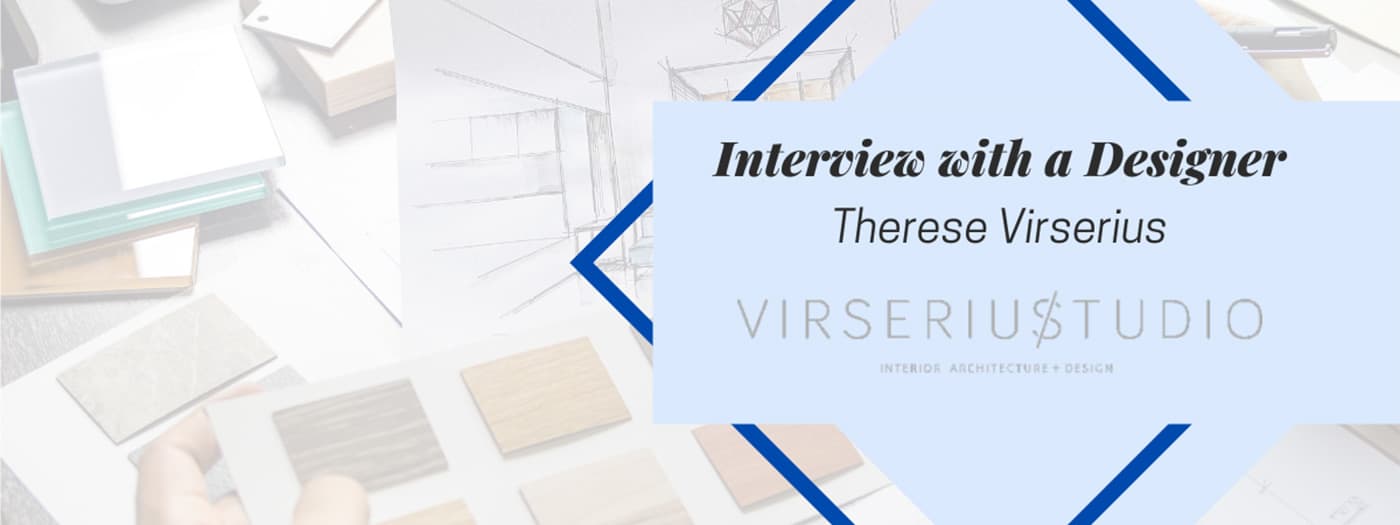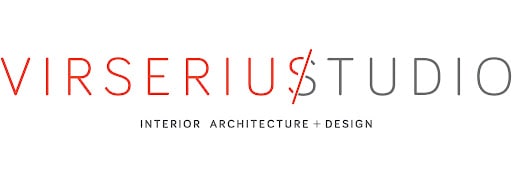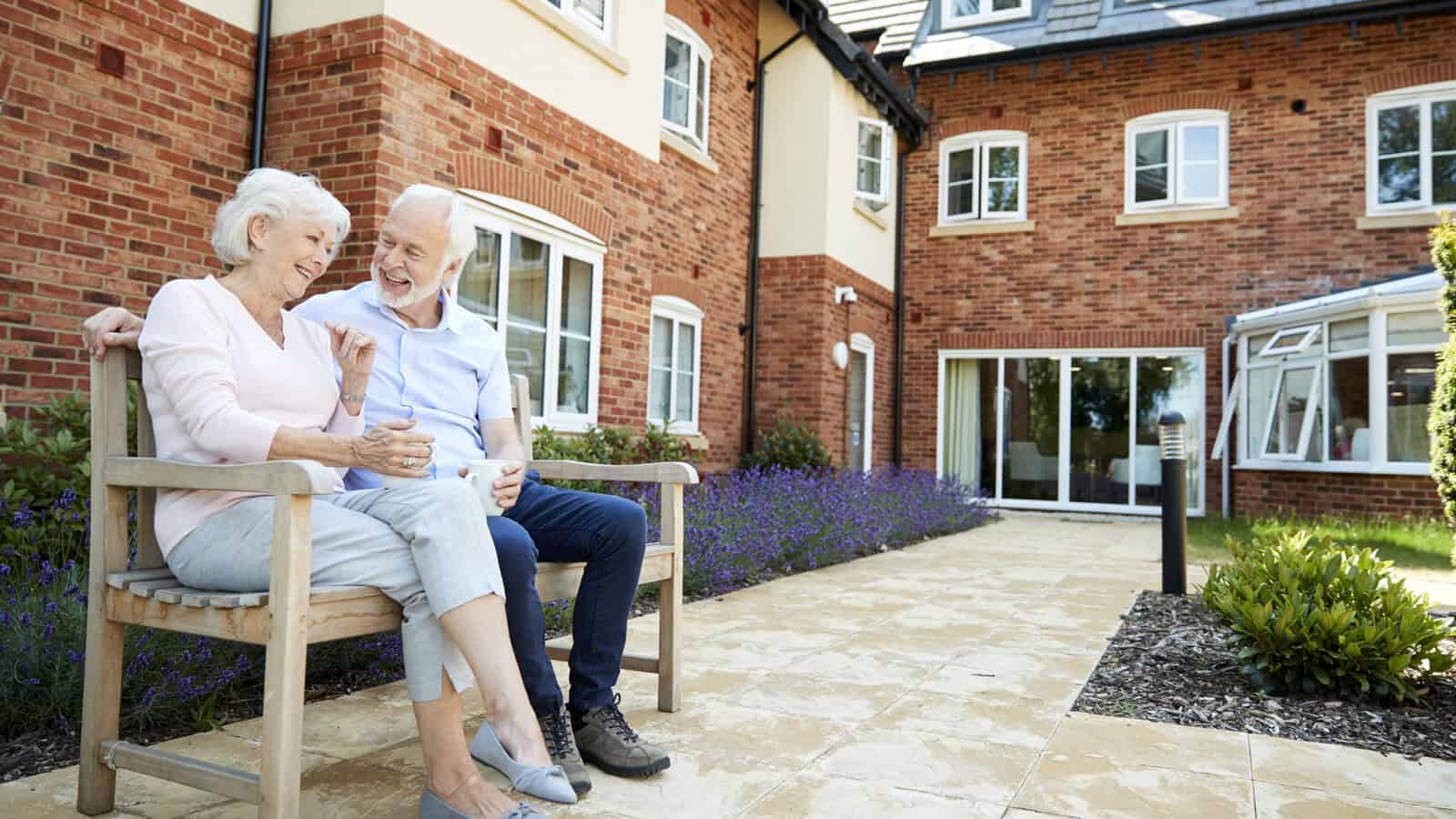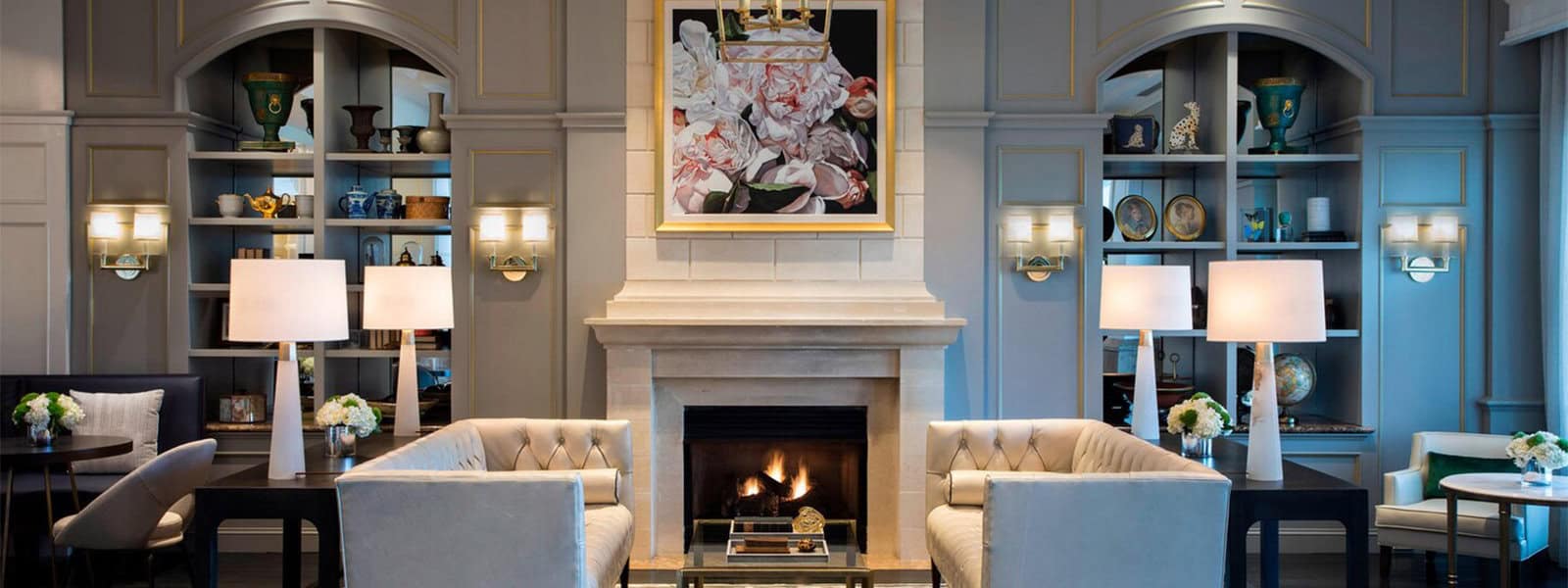
We’re back with another look inside the creative mind of a designer. Our theme of “Where Hospitality Begins” was created to showcase the sides of the hotel industry that really come together to bring the idea of hospitality to life and to the guests. As one of the top FF&E companies, we are proud to be a part of the process, but it is the designer that really is responsible for creating the atmosphere.
Let’s take a look at this week’s conversation as we are talking with Therese Virserius of Virserius Studio and how she uses the context of history and a love for telling stories to create spaces.
What is your biggest inspiration when you’re designing, or where do you draw inspiration from?
I prefer to look at things like art, nature, flowers, and history. That’s kind of how I start when I draw inspiration. Also, I think about where the space is located because of the local history and the cultures involved. How do the cultures interact, and what is important to them? I build stories like that. So it’s really important to know that to lay the design foundation.
It also brings in the rest of the team. If you have a solid foundation and story that people can refer back to during the entire design process, it helps the smoothness of it to make sure that everyone is on the same page. When everyone is not on the same page, which happens, you can go back to the story and it helps to realign the team. You have to build your framework first before you can actually design.
What is your favorite thing to design?
My favorite things to design is to design any type of space that has free room for creation. It doesn’t matter if it’s a ballroom, intricate restaurant, or cool bar. Since we do everything from when you step into the hotel, or into the nightclub, or into the speakeasy, I don’t necessarily have a favorite. I think the challenge or the interest is when you have a diversity in what you’re doing. Some projects are very urban, some are secluded, some are culturally very different.
When we work in Berlin, it’s very different than when we work in Paris. For me, it’s more the locations that I find interesting, and less the type of project. I love any type of project because otherwise I would get bored. If I did the same thing over and over again, we would be so boring.
The strength I think is that we are very lifestyle-oriented. It feels like the guest gets a “wow” feeling when they come into our spaces and they start to unravel the design of that space as they discover it. I just like a challenge.
Favorite vacation you’ve ever taken, or a memory linked to a hotel?
Well, I have a memory to a museum outside of Copenhagen. I remember you were able to play around on these outdoor sculpture in this sculpture garden. They had very cool swings that had you swing through the water, and the art, and things like that. That was a very cool experience. Even though it was not a hotel, it was something you could participate in rather than just watching, you could become a part of it.
Even in our designs today, I want people to be part of the design, so they do not just sit in the chair or sofa, but can interact with the space in different ways. I think people also become very curious. By creating a space that responds to them, it gives them a way to interact and things become a discussion point.
What is your favorite design space you’ve seen?
I was born and raised in Sweden, and I grew up with a lot of history, and I’ve always seen how history and architect builds from each other and develop from each other. So having a favorite? I love Paris, without a doubt. I love it because of the Haussmann style, the boulevards, the Parisian sandstone and how it reflects the light. I love London, because of the eclectic-ness of the architecture in London. You have everything from Tudor, to Victorian, and lots of variety. I’m also a bit of an Italian architecture aficionado. I think the Italians have it down to a “T” when it comes to architecture whether it’s old-world or contemporary.
But I guess I would say that I really enjoy Versailles. I love Versailles. The way the gardens are created. The way you step up to the castle and you don’t see it at all, you take another step up and all of it is revealed. All of that is intentional. All of that cleverness that the architects thought of at the time.
There are marvels everywhere. The Sistine Chapel, the Palladian Villa, there are so many historical buildings that I love. I like scale and proportions, it’s super important to get that right.
We have the tendency to want the guest to unravel and discover the space as they get further and further into it. Space tells a story, but rather than smack them in the face, or make it so bland that there is nothing to discover. I like the unraveling. You do that through textures, layers, architectural lighting, all of that makes a huge impact on the individual. Both good and bad.
If you had an unlimited budget and completely free reign to do what you wanted, what would your dream design look like?
I would love to restore an old castle to it’s glorious times. Maybe even up in the Highlands in Scotland, or the countryside in France. I love being able to keep the area in context of it’s time period and the design that reflects it.
What is your favorite part about the hospitality industry?
I love to meet all the people, all the different teams. Even though they can drive me crazy, it’s all part of it. I love to create spaces, and in the end see how the guests behave in them and if they actually behave in the way you designed it. Designing a space is a lot of how you manipulate people to behave, sit, be watched, or be an observer in a space. It’s all in a designer’s job to create that private, public, and intimate space.
I love to take a corner when we finish a project, and watch people and how they interact with the space and see if it was how I envisioned it. Most of the time it is. It’s very social, and I want people to be able to be very social, but I do want there to be a place to just observe for those who don’t want to be.
Sometimes the guests want to use a space more than what I maybe originally thought. Maybe we originally thought we designed a bar that was a bar, but then people are there for breakfast because they love hanging out in the space. that means that operations has to adjust a little bit to accommodate.
When you’re really successful i think is when you see people just really don’t want to leave the space. AT times we’ve had the hotels that the managers come back and the guest wants to purchase something that was custom created just for the hotel. That’s when i feel like the guests really enjoyed it that they want to take a little piece of it back home. That’s nice.
How do you convey the idea of hospitality through design?
I think it is through story telling, through making sure the design needs to go into every aspect of the project that you are doing. Because there is nothing more weird that if you go into a French restaurant, and it has a Chinese themed interiors, it’s just confusing. So you have to have this conversations with operations, chef, bartenders, to decide which type of bar this will be.
You have to have conversations with everyone who is part of the project so that they can bring the story further, and then they can sell the property in a completely different way. Operations can start to engage their guest when they have these keys. There’s sometimes a disconnect when things aren’t fully understood by all parties and the communication and outcome of the project is not as successful as it could have been if everyone understood the project.
What does “Where Hospitality Begins” mean to you?
I don’t think hospitality begins when you check into a hotel. It starts from the experience of choosing a hotel, buying your plane ticket, how are you being greeted with the travel companies. It starts very early on from before a vacation begins. How is it traveling between cities, countries? If you have expectations and the airline is very rude, your entire vacations starts a little off, and you have to get back and adjust to have a good vacation.
Your initial impression of each part of the experience is what you remember. That’s hospitality.
Where Hospitality Begins
Thank you for joining us for this closer look at what is inspiring to hospitality designers. We have created a dedicated space for everything relating to our “Where Hospitality Begins” campaign. You can learn more by visiting that page here, and by following us on LinkedIn, Facebook, Instagram, and Pinterest. If you have anything to add about what “Where Hospitality Begins” means to you, feel free to post about it, tag us, and tag #WhereHospitalityBegins so we can find it. We’d love to hear your stories.
As a part of this series, we have also interviewed Sara Shalls at Shalls Design Studio, Jacob Royster and Michelle Tran of HBA San Francisco, Cristi Moore from Gensler Atlanta, and John Nelson from Looney & Associates.

About Virserius Studio
Virserius Studio is a multidisciplinary team of designers, artists, and storytellers. We draw from our diverse backgrounds in interior architecture, business, fashion, and the fine arts to create unexpected hospitality experiences that bring joy to guests and deliver exceptional results for our clients.





